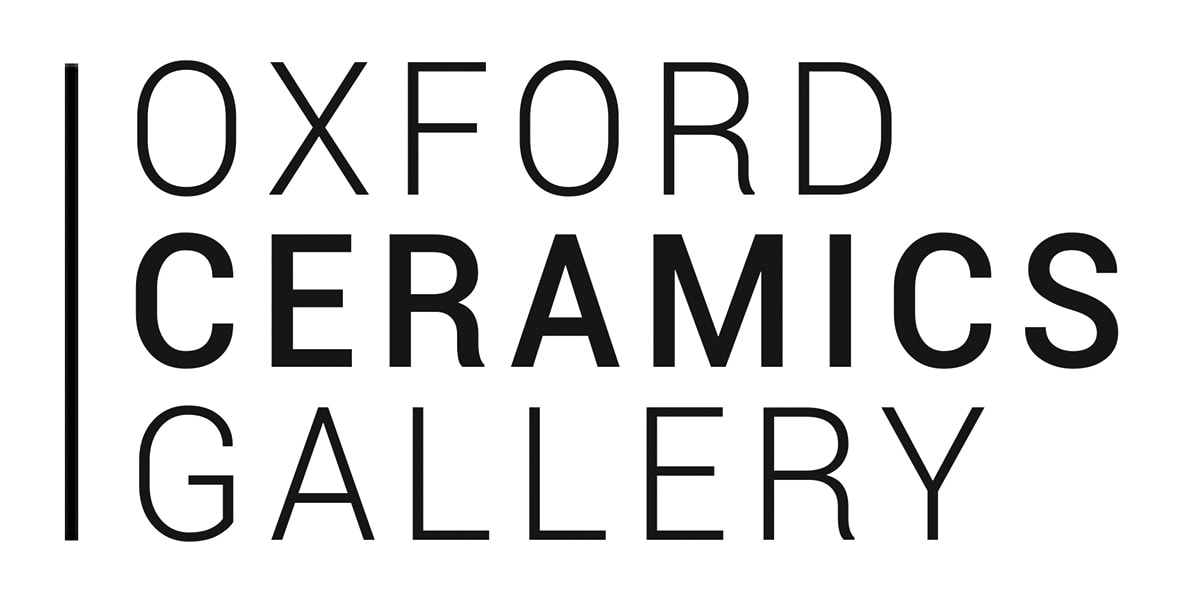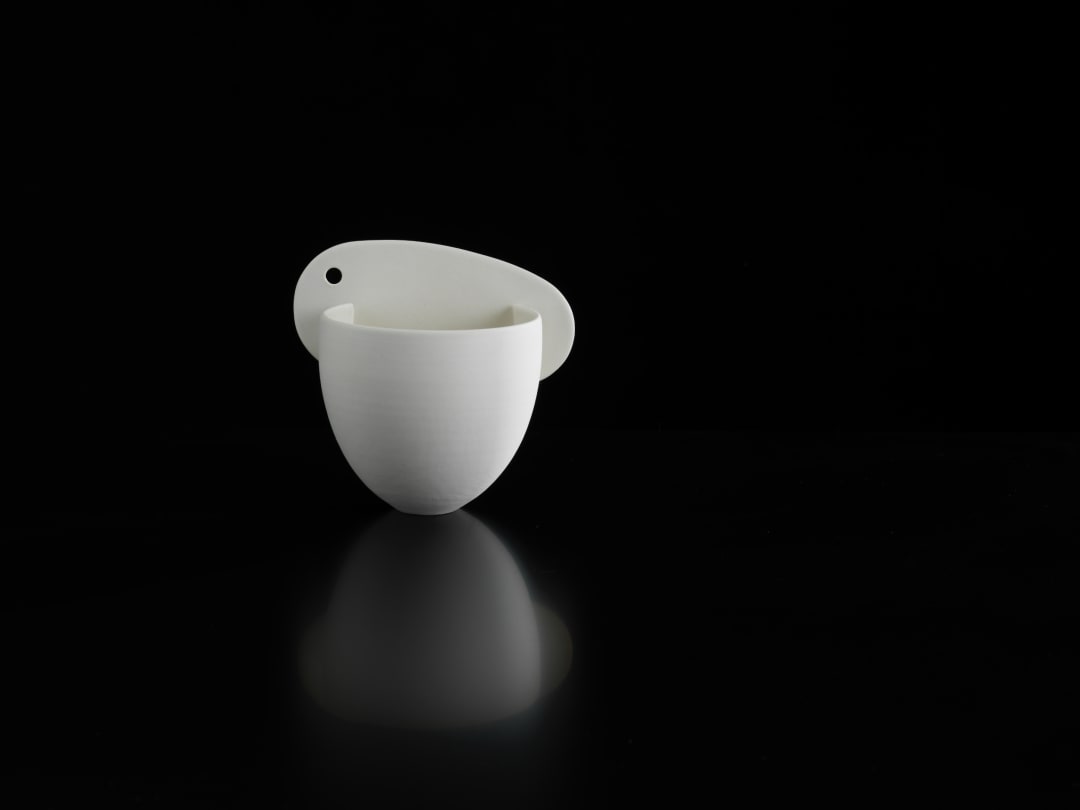Ruth Duckworth’s delicate and ethereal porcelain and stoneware of the 1960s, mostly hand-built, helped to push ceramics in a very interesting, more sculptural direction. Her other-worldly organic forms influenced the hand-building that emerged early in the next decade. Born in Hamburg, she received her art education in England, and studied ceramics at the Central School in the late 1950s. Duckworth (1919-2009) subsequently settled in Chicago where she remained for the rest of her life. She was associated with a revolutionary group of hand-builders at the Central that included Gordon Baldwin, Dan Arbeid and Gillian Lowndes. Their work was unapologetically experimental, a serious exploration of clay beyond the ramifications of function. Duckworth went on to concentrate on the sensuously expressive qualities of smooth clay, worked into strange preternatural forms, often on a small scale. She produced architectural work and larger scale pieces, though her later more figurative art lacked some of the frisson and energy of her earlier explorations.
David Whiting

